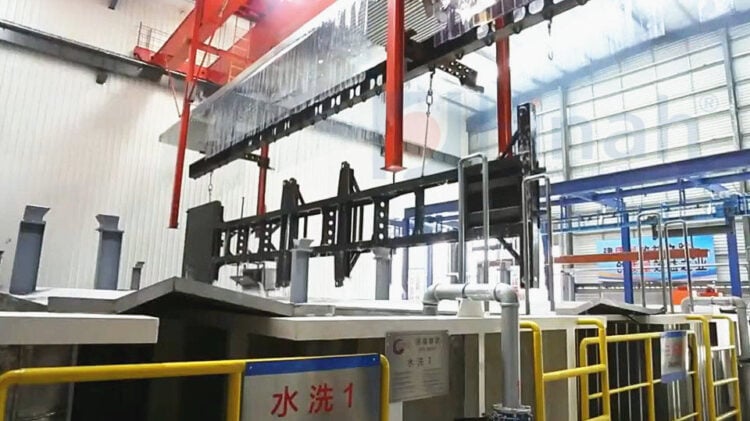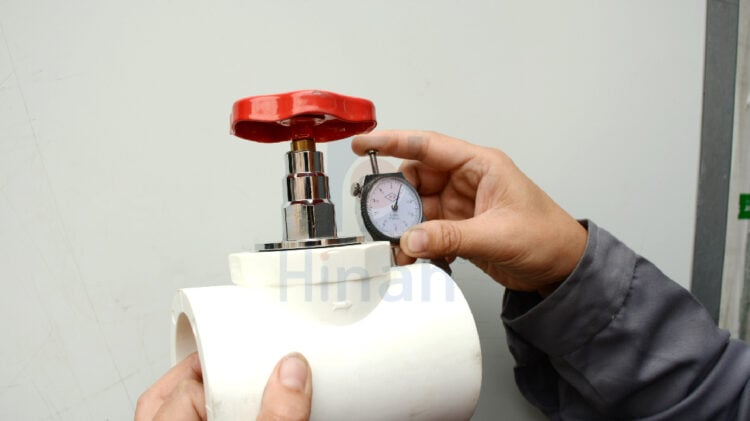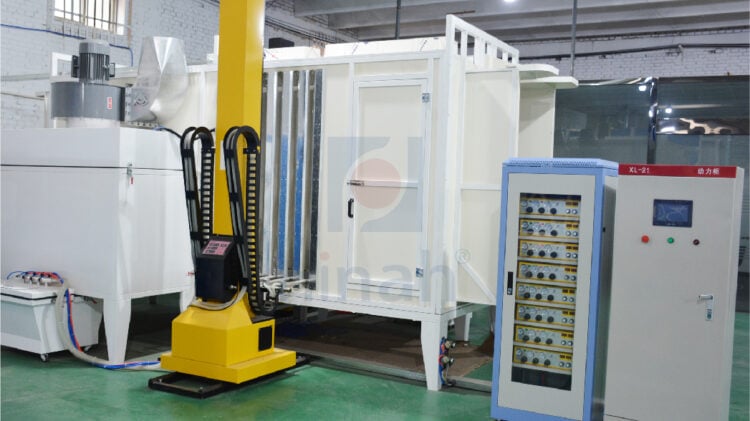Powder coating principle and film thickness control method
Introduction to Powder Coating
Powder coating is a surface coating technology widely used in industrial manufacturing to provide strong, durable and high quality coatings for corrosion prevention, landscaping and protection of workpiece surfaces.
In powder coating, it is crucial to understand the principles and how to effectively control the film thickness of the coating. In this article, we will discuss the basic principles of powder coating and introduce several common methods of film thickness control.

Principles of Powder Coating
The principle of powder coating is based on the processes of electrostatic adsorption and melt curing. The following are the basic steps of powder coating.
- Powder spraying: At the beginning of powder coating, the powder coating is uniformly sprayed onto the surface of the work piece to be coated by means of a spray gun. The powder particles have an electrostatic charge. 2.
- Electrostatic field adsorption: The sprayed powder particles are adsorbed by an electrostatic field onto the surface of the workpiece. Usually, the workpiece is connected to the ground and the spray gun is positively charged so that the powder particles are attracted to the workpiece.
- Baking and melting: The coated workpiece is heated in an oven to melt the powder particles and form the coating. After melting, the coating cures and forms a solid coating. 4.
- Cooling and curing: The coating is cooled and becomes robust. The whole process is very fast and allows efficient production.

Film Thickness Control Methods
Controlling the film thickness of the coating is essential to ensure the quality of the coating. The following are some common methods used to control film thickness:
- Spray Distance Control: Controlling the distance between the spray gun and the workpiece is critical to controlling film thickness. Moving the gun closer to the part produces a thicker coating, while moving the gun away from the part produces a thinner coating. By adjusting the distance, film thickness control can be achieved. 2.
- Spray Speed Control: Controlling spray speed is another way to control film thickness. Faster spray speeds usually produce thinner coatings, while slower speeds produce thicker coatings. 3.
- Powder Coating Particle Size and Flow Control: The particle size and flow of the powder also affects the film thickness of the coating. Finer particles and higher flow rates usually produce thicker coatings, whereas coarser particles and lower flow rates produce thinner coatings.
- Multi-layer coating: Where a specific film thickness is required, a multi-layer coating method can be used. Each layer should be controlled very precisely to achieve the final desired film thickness.
- Thickness Measurement and Feedback Control: Thickness measurement instruments can be used to monitor the thickness of the coating in real time, and based on the results, adjustments can be made to the spraying parameters to keep the film thickness within the required range.

Conclusion
Powder coating is a highly efficient and widely used surface coating technique based on the principles of electrostatic adsorption and melt curing.
To ensure the quality of coating, film thickness control is essential. By controlling the spraying distance, speed, powder coating properties and the use of film thickness measurement and feedback controls, accurate control of the coating film thickness can be achieved to meet the needs of different applications. Correct film thickness control ensures the quality, performance and durability of the coating.






